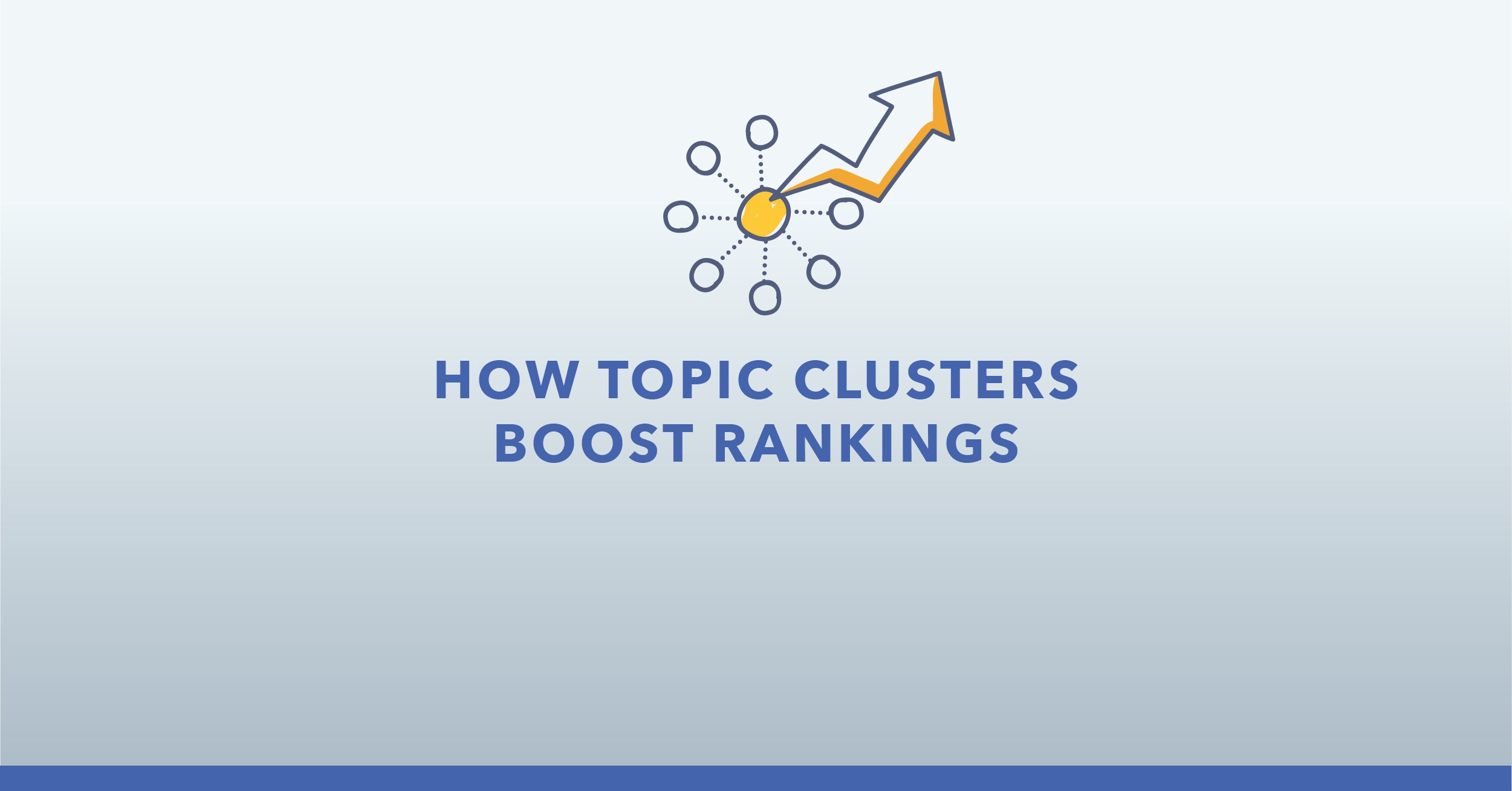AI Search is transforming how customers discover and evaluate brands. What began as an experimental technology is now influencing real user journeys through Google’s AI Overviews, ChatGPT, and other generative discovery platforms.
Across industries, executives are asking a new question: What does the rise of AI Search really mean for our business?
For years, conversations around SEO and search visibility stayed mostly within marketing and digital teams. Now, with AI-driven discovery reshaping how audiences access information, the conversation has reached the boardroom.
Executives, CMOs, and CROs alike are seeking clarity...are these AI-powered search engines a threat to traditional performance, or the next source of growth?
This guide outlines:
- The two primary forces driving AI Search adoption today
- How to evaluate AI’s impact on visibility and performance through an executive lens
- The strategic actions leaders can take now to position their brands ahead of the shift
Bottom line: AI Search isn’t just changing how people search, it’s redefining how businesses get found. Executives who engage early will secure advantages in visibility, trust, and growth.
Table of Contents:
The Executive Context: Why AI Search Matters Now
While the presence of AI-generated search traffic is still small, often hovering between 0.5% and 2% of total organic traffic, the trend is unmistakable.
For years, SEOs have shrugged off Bing’s tiny slice of search share, but now that ChatGPT is driving a fraction of even that traffic, suddenly everyone’s calling it the future of search..
All joking aside, while Bing has long been dismissed as a secondary player, the emergence of answer engines like ChatGPT signals a deeper shift, one that has the potential to fundamentally change how discovery, visibility, and value are created in search.
With this backdrop, let’s explore the two primary forces driving AI Search adoption today.
The Two Major AI Search Drivers to Watch
1. Google AI Overviews (AIOs)
AIOs synthesize insights from multiple sources into concise, contextually rich summaries at the top of the results page. For brands, this means early exposure in a new format, where the goal shifts from ranking for clicks to being trusted as a source.
Within Google’s results, AI Overviews (AIOs) are already visible in roughly 27% of all tracked U.S. keywords based on our Research Grid dataset. This represents a major shift in how AI is beginning to guide user journeys.
Executives should view this as both an opportunity and an early warning signal: AI-driven ranking dynamics are rewriting the rules of organic exposure. This is the time to evaluate whether your digital content is structured, authoritative, and contextually clear enough to be surfaced by these AI systems.
2. ChatGPT and the Broader AI Search Ecosystem
Beyond Google, ChatGPT leads the charge as the most widely used AI discovery engine. While its impact on referral traffic is still maturing, its influence on consumer decision-making is undeniable.
ChatGPT’s integrations with real-time web data and other tools have positioned it as both a learning environment and a discovery platform. Meanwhile, engines like Perplexity, Claude.ai, and Gemini search tools are following similar trajectories, steadily capturing attention from digital-native audiences.
Side Note: College students today are natively using chatgpt in class and in life, and will be entering the workforce over the next several years using answer engines exclusively.
For executives, the message is clear: discovery is no longer limited to traditional search engines. AI-driven interactions are shaping how future customers find and evaluate brands well before they hit your website.
Framing the AI Search Conversation: Threat or Opportunity?
When executives ask about AI Search, they’re not asking about impressions or keyword shifts, they’re asking about business impact.
The concern typically falls into two lenses:
- Threat: Will AI models disrupt our direct connection to customers?
- Opportunity: Can we position our brand early and capture visibility before competitors adapt?
The answer is a blend of both. AI Search introduces new risks, reduced click-through rates for example, but also unlocks new strategic advantages.
To help executives evaluate the landscape clearly, here’s how to translate the impact into measurable business terms.
1. AI Search Traffic Surge
Many organizations are already seeing a 100%+ increase in AI-driven traffic year over year. While this may start as a small base, it represents a new discovery path for engaged, high-intent audiences.
For businesses, this means new brand visibility, even from users who never enter a traditional Google search. Executive teams should start tracking AI-originated traffic now to establish a baseline for future measurement.
2. Enhanced AI Overviews Drive Trust
AI-generated summaries, especially within Google’s results, influence perception before a user ever visits your site. Brands cited as trusted sources in these AI Overviews benefit from instant credibility and early trust formation.
Ensuring your content is accurate, authoritative, and optimized for clarity increases your chances of being referenced—and thus, respected—in these new search ecosystems.
3. New Data, New Growth Opportunities
AI interactions generate insights beyond traditional SEO metrics. By analyzing which topics trigger AI-generated results and understanding how your brand is represented, businesses can surface latent customer intent and emerging market trends.
Executives can leverage this insight to inform messaging strategies, identify new segments, and guide innovation roadmaps aligned with evolving customer behaviors.
4. Strategic Advantage Through Early Adoption
Organizations that move early to understand and optimize for AI Search visibility are positioning themselves at the forefront of a major discovery shift. A brand that consistently appears across AI-generated platforms signals reliability, innovation, and leadership, qualities that differentiate it in crowded markets.
Recommended Reading: AI Search Strategy Webinar
How to Earn Executive Buy-In For AI Search Investment
AI Search is moving from concept to measurable reality. But getting executive buy-in requires data leadership, not just curiosity. To guide strategic investment, SEO Managers must translate complex shifts in search visibility into business-relevant intelligence.
Here’s a structured playbook, and how you can use ArcAI by seoClarity to power each step with credible, decision-ready data.
Step 1: Gather the Right Data - Use ArcAI to Quantify the Change
Executives respond to evidence, not opinion. Before presenting, frame the conversation around measurable visibility and risk using ArcAI’s real-time insights:
1. Track Emerging AI Search Visibility
- Use ArcAI’s AI Search Visibility Tracking to monitor how frequently your brand and competitors appear in AI-driven results across Google AI Overviews, ChatGPT, Perplexity, or Gemini.
- Compare historical organic performance to emerging AI visibility to quantify where traditional clicks may start shifting.
- Visualize this trend to show how “discoverability” is evolving beyond traditional SERPs.
2. Identify AI Overview Inclusion Opportunities
- seoClarity’s AIO Tracking reveals which types of content (format, structure, topic) are currently being pulled into generative answers.
- Highlight high-performing competitor examples to show executives how AI search interfaces are rewriting brand exposure.
3. Monitor AI Bot Activity
- Use server log file tracking to show executives that AI engines are already crawling and consuming your content differently than standard search engines.
- Present this as a leading indicator of where search infrastructure is heading — and why structured, authoritative content investment now protects visibility later.
4. Benchmark & Visualize the Risk
- Combine ArcAI Performance data with your traditional organic performance metrics (impressions, clicks, conversions) to model the potential exposure gap if traditional SERPs decline.
- Example: “If 20% of key search journeys shift to AI-generated interfaces, our current visibility would drop X% unless optimized for AI inclusion.”
Step 2: Build the Executive Narrative : Connect ArcAI Insights to Strategy
1. Speak to Impact, Not Tools
Your framing shouldn’t focus on ArcAI as a feature, present it as an instrument for decision clarity.
“We’re not guessing what’s happening with AI Search, we can now see it, track it, and quantify the business impact.”
Use ArcAI visuals (trend graphs, AI overview frequency, share of visibility) to create a one-slide snapshot answering:
- How is search behavior changing in our category?
- Where are we (and competitors) gaining or losing presence?
- What’s the revenue risk or opportunity if we act or delay?
2. Build a Risk‑to‑Readiness Framework
Structure your conversation around three pillars, supported by ArcAI & seoClarity data:
|
Pillar |
ArcAI Data Insight |
Executive Message |
|
Visibility Risk |
AI visibility declining while competitors rise |
“Our share is eroding in new discovery experiences.” |
|
Readiness Gaps |
On Page technical issues or lack of quality content |
“We’re not being referenced as a trusted source — we can fix this.” |
|
Growth Opportunity |
Topic or content areas gaining exposure in AI answers |
“We can shape early mindshare by investing here.” |
Step 3: Present It Clearly — Turn ArcAI Data Into Storytelling
Executives don’t need dashboards, they need direction. Use your data points to build a concise, three-part story:
- The Disruption:
Show the shift in how information is being surfaced (use ArcAI Visibility).
“Traditional search volume is flattening, while answer-based visibility is accelerating.” - The Business Implication:
Quantify exposure or opportunity.
“If even 10% of discovery moves through answer engines, we stand to lose X% of impressions unless we adapt content structure.” - The Action Plan:
Position SEO investment as AI readiness enablement.
“Our next step is implementing structured markup and monitoring AI overview inclusion monthly through ArcAI to ensure visibility.”
The Emerging Imperative
AI Search is not a distant concept—it’s already reshaping how customers discover, validate, and trust brands.
The next phase of digital competition won’t be about who ranks highest for a keyword, but who becomes the trusted answer within AI-driven environments. Executives who empower their digital teams to experiment, measure, and optimize for this shift will secure a lasting competitive edge.
In short: AI Search isn’t a threat to manage—it’s an opportunity to lead.







Comments
Currently, there are no comments. Be the first to post one!